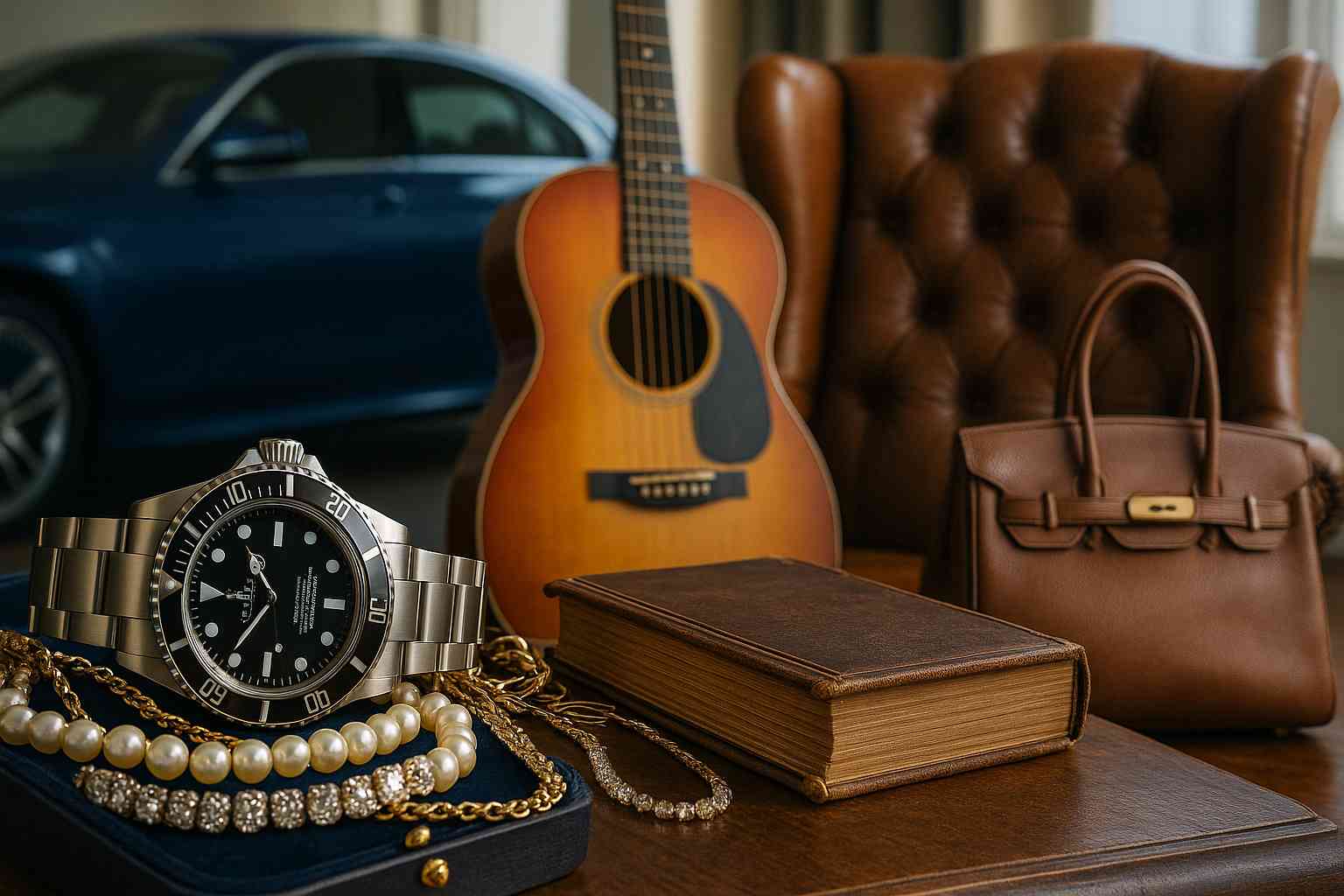When it comes to building and preserving wealth, the wealthy often play by different rules. One of their secrets is knowing when not to buy brand new. While flashy purchases might signal status, true financial acumen lies in recognising where newness offers no real value, or worse, becomes an unnecessary drain on assets. Here are fifteen things affluent individuals frequently buy used instead of new, revealing how smart spending fuels sustained wealth.
1. Luxury Cars
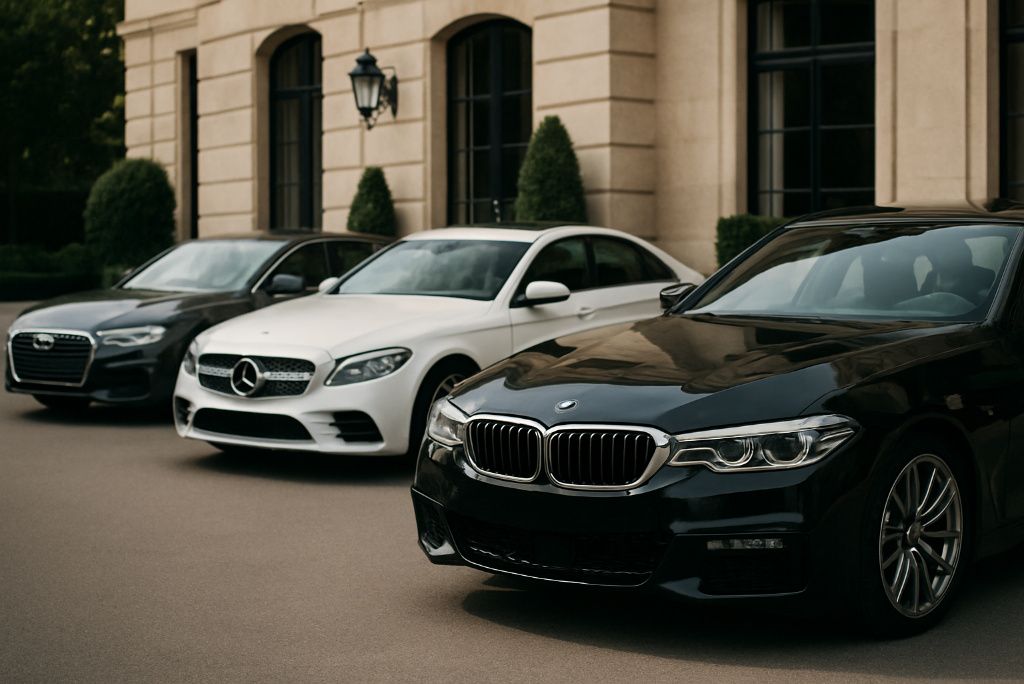
Despite the stereotype of millionaires rolling off dealership lots in brand-new Bentleys, many wealthy buyers prefer luxury cars that are gently used. New cars depreciate up to 20-30% the moment they’re driven off the lot, making secondhand vehicles a savvy choice for maintaining value.
A well-maintained two-year-old Mercedes or Porsche can deliver all the style and performance for tens of thousands less. Many high-end brands offer certified pre-owned (CPO) programmes with warranties, providing peace of mind similar to new-car purchases. For instance, Mercedes-Benz’s CPO warranty extends coverage up to five years with unlimited mileage. Rich buyers understand that the prestige of a luxury vehicle doesn’t come from a factory sticker but from smart value retention. (source)
2. Designer Watches
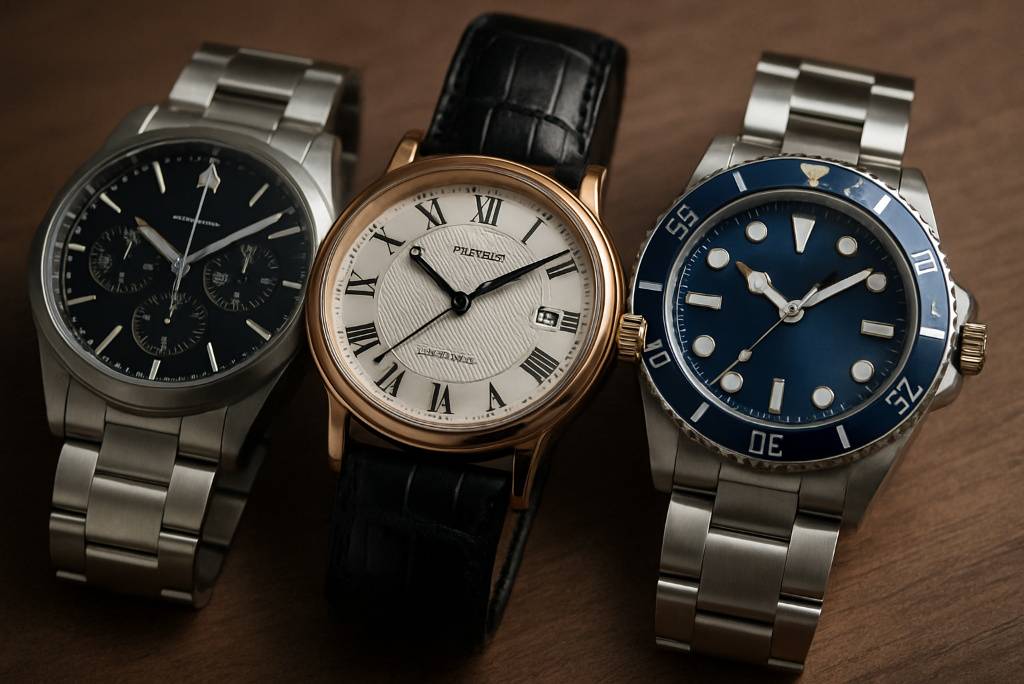
The luxury watch market is thriving, especially in the pre-owned sector. Wealthy individuals often buy timepieces used because many models hold—or even increase—their value over time. Unlike new watches, which can lose 20% to 50% immediately, pre-owned Rolex, Patek Philippe, and Audemars Piguet often sell close to retail or above, especially limited editions.
Additionally, pre-owned watches offer access to discontinued or vintage models unavailable and new. For example, a Rolex GMT-Master II “Pepsi” has seen significant appreciation in the secondhand market.
The rich appreciate that value lies not in “newness” but in craftsmanship, rarity, and market demand. (source)
3. Jewelry
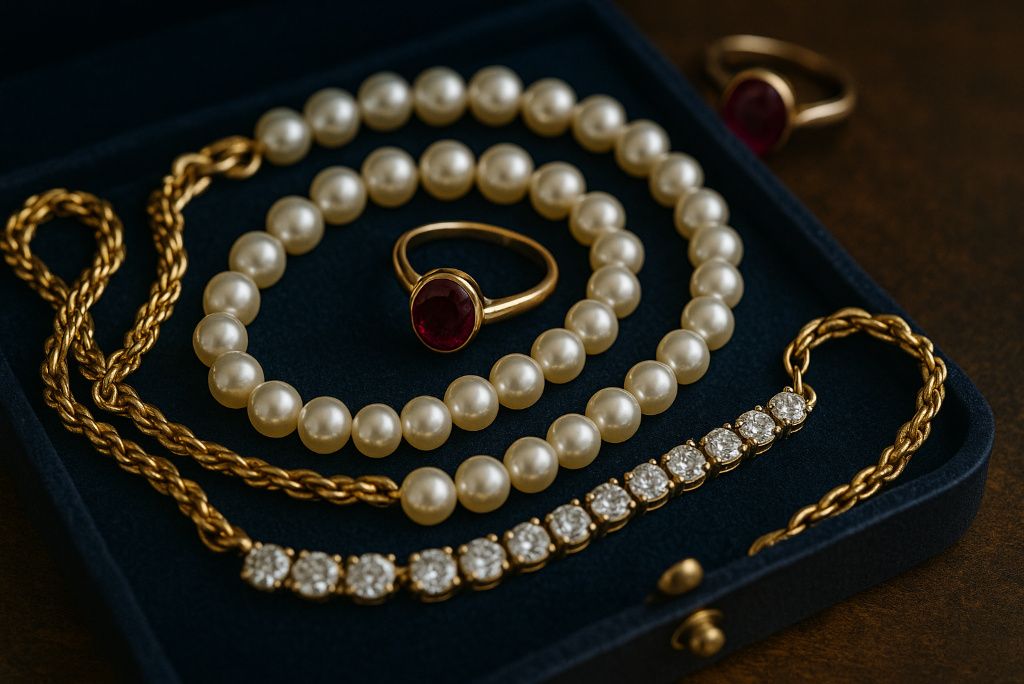
Contrary to the idea that new is always better, wealthy individuals often purchase pre-owned jewellery, particularly diamonds and precious gemstones. The resale market offers significant discounts, sometimes up to 50% less than retail.
For example, estate sales and reputable auction houses like Sotheby’s frequently auction high-end pieces at lower prices than jewellery stores. Moreover, vintage designs add unique charm and can even be more valuable due to their rarity. For the affluent, pre-owned jewellery represents not just savings but access to exclusive designs and historical craftsmanship.
4. Art and Collectibles
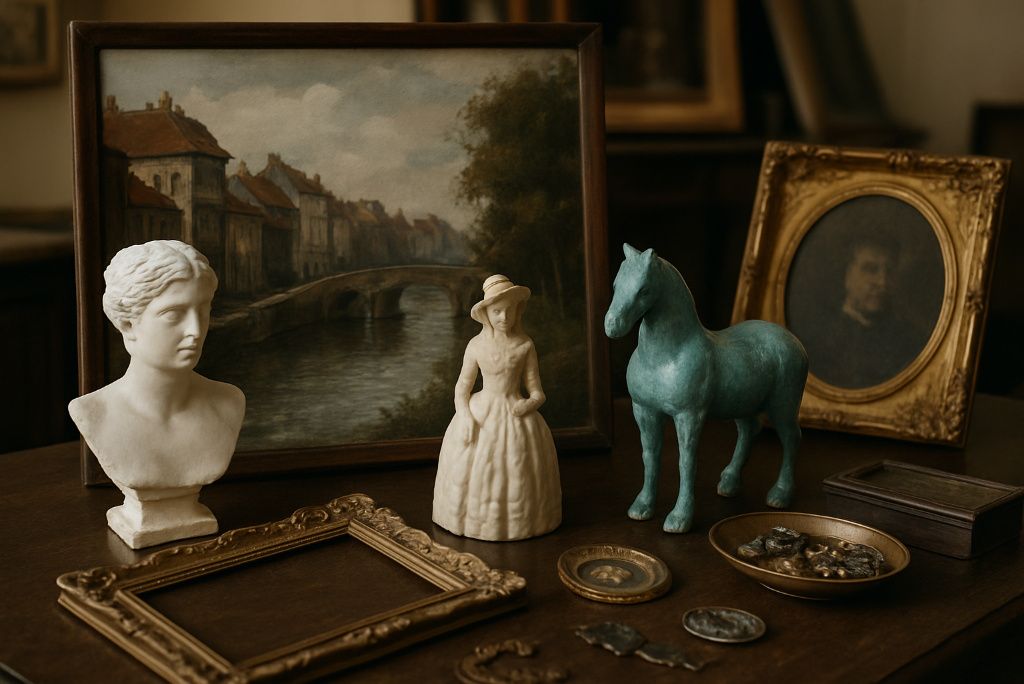
Art collectors frequently buy works on the secondary market rather than directly from galleries. The reasons are twofold: access and value. Many high-calibre pieces by established artists never hit retail galleries but instead circulate through private sales and auction houses.
Auctions like those at Christie’s or Sotheby’s give collectors opportunities to acquire renowned works that are no longer available. Plus, secondhand buying often enables more informed decisions about an artwork’s appreciation potential based on its previous sales history. For the wealthy, art is as much an investment as it is a passion, and secondhand purchases are often the wisest route.
5. Designer Clothing
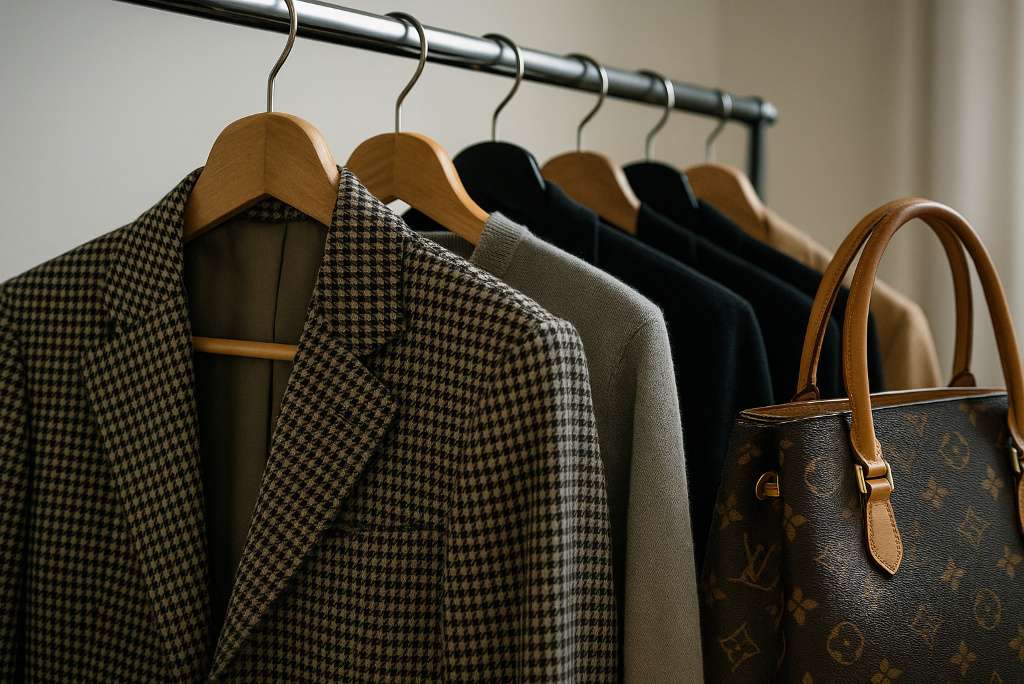
While fast fashion is disposable, high-end garments from designers like Chanel, Gucci, and Dior retain value and craftsmanship. Wealthy individuals frequently shop pre-owned through platforms such as The RealReal or Vestiaire Collective, where gently used pieces can be found for a fraction of retail prices.
Pre-owned shopping also offers access to past-season collections and unique styles no longer available new. For instance, a Chanel tweed jacket might retail for over $5,000 new but can be found secondhand in excellent condition for under $2,500. The rich understand that fashion is about quality and uniqueness, not simply the price tag.
6. High-End Furniture
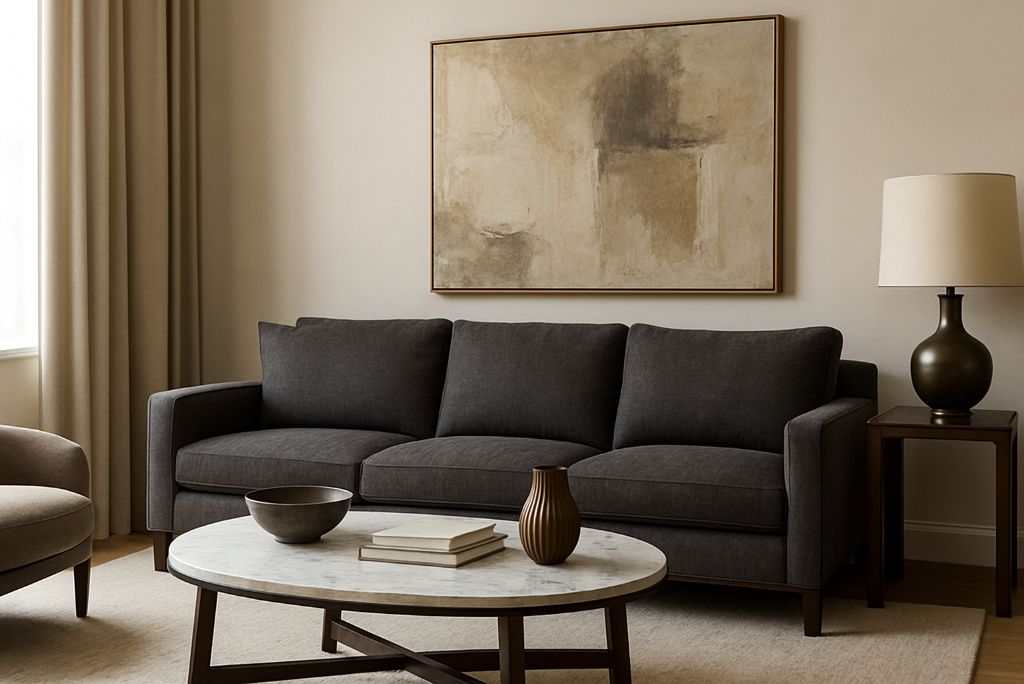
Luxury furniture brands like Roche Bobois, Herman Miller, or Knoll produce pieces built to last decades. Savvy wealthy buyers often purchase pre-owned because high-quality pieces withstand time both structurally and aesthetically.
Vintage designs—like a mid-century Eames lounge chair—can be acquired at auction or through speciality dealers for far less than new retail prices while retaining resale value. For instance, original Eames chairs frequently sell for $5,000-$8,000 used versus $10,000+ new. Beyond cost, pre-owned furniture often has character and patina impossible to replicate with new items.
7. Books

Rare and collectible books are a market where wealthy collectors spend—and save—significant money. First editions, signed copies, and out-of-print works often appreciate in value. Buying secondhand is virtually mandatory, as new copies simply don’t exist for many prized titles.
Auction houses like Bonhams and dealers such as Bauman Rare Books specialise in helping collectors acquire valuable volumes. The first edition of F. Scott Fitzgerald’s The Great Gatsby sold for over $400,000 at auction.
The rich recognise that the true worth of books lies in their historical and cultural significance, not their freshness off the press.
8. Musical Instruments
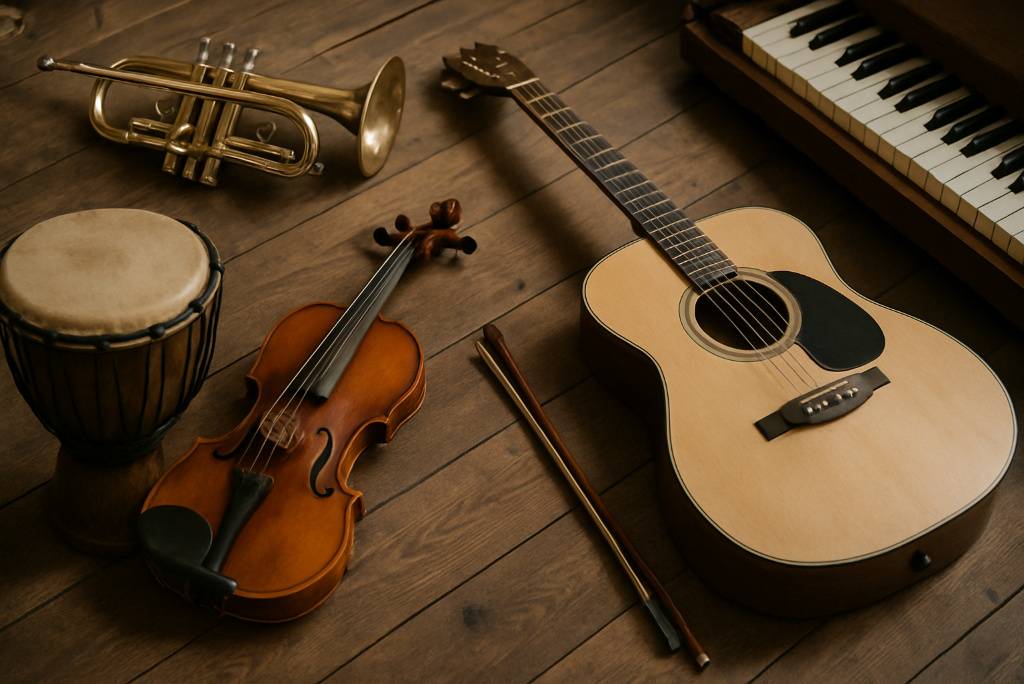
Many musicians—and wealthy collectors—prefer vintage instruments because of their unique sound and craftsmanship. Classic Fender guitars, Steinway pianos, and Stradivarius violins often command higher prices secondhand than new equivalents.
For example, a 1960 Gibson Les Paul can fetch hundreds of thousands, far surpassing the price of a new model. These instruments not only produce distinct tonal qualities but also serve as an appreciating asset.
Thus, the wealthy see used instruments as both artistic tools and financial investments.
9. Camera Equipment
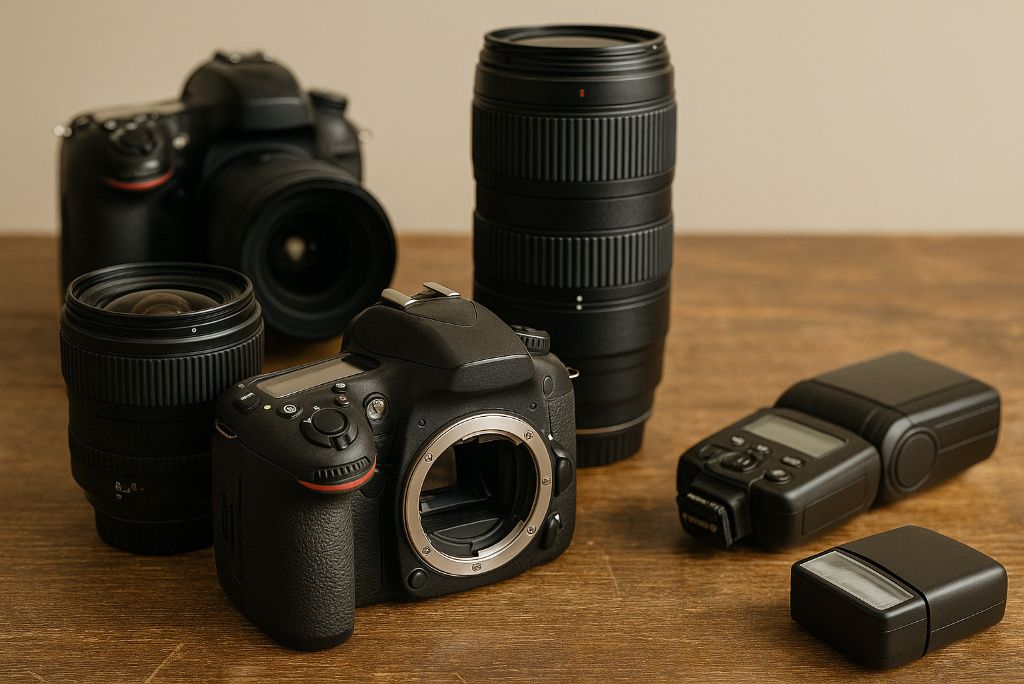
Professional and enthusiast photographers among the affluent often buy used cameras and lenses. High-end brands like Leica, Canon, and Nikon maintain excellent resale value, and lightly used gear can cost 30-50% less than new. Reputable stores such as B&H Photo or KEH Camera thoroughly inspect used items, offering warranties to ensure reliability.
A gently used Leica M10, for instance, might save a buyer several thousand dollars while delivering identical performance to a new model. For wealthy photographers, buying used means accessing premium gear without paying the premium price.
10. Sporting Goods
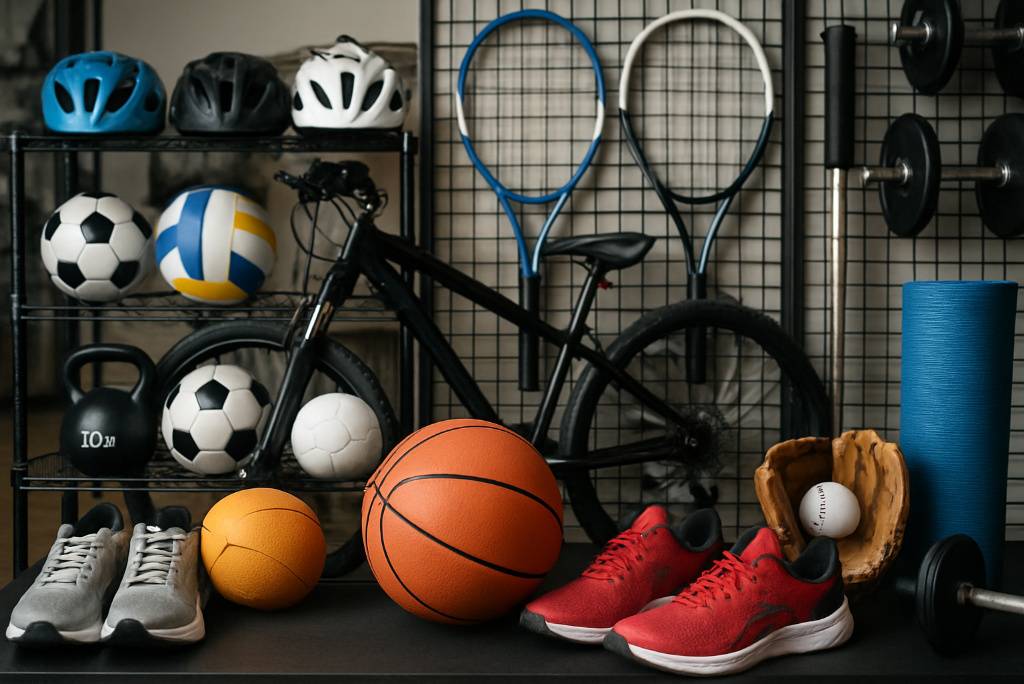
Top-tier golf clubs, bicycles, skis, and other sporting gear depreciate rapidly once purchased. Wealthy individuals often buy used, particularly for equipment with minimal wear. For instance, a lightly used set of Titleist golf clubs can cost half the price of new ones.
Speciality shops and online platforms like SidelineSwap or Play It Again Sports offer high-quality gear in excellent condition. For high-end road bikes, a secondhand model can save thousands while providing a near-new performance. The rich understand that performance isn’t necessarily tied to a brand-new price tag.
11. Kids’ Clothes and Gear
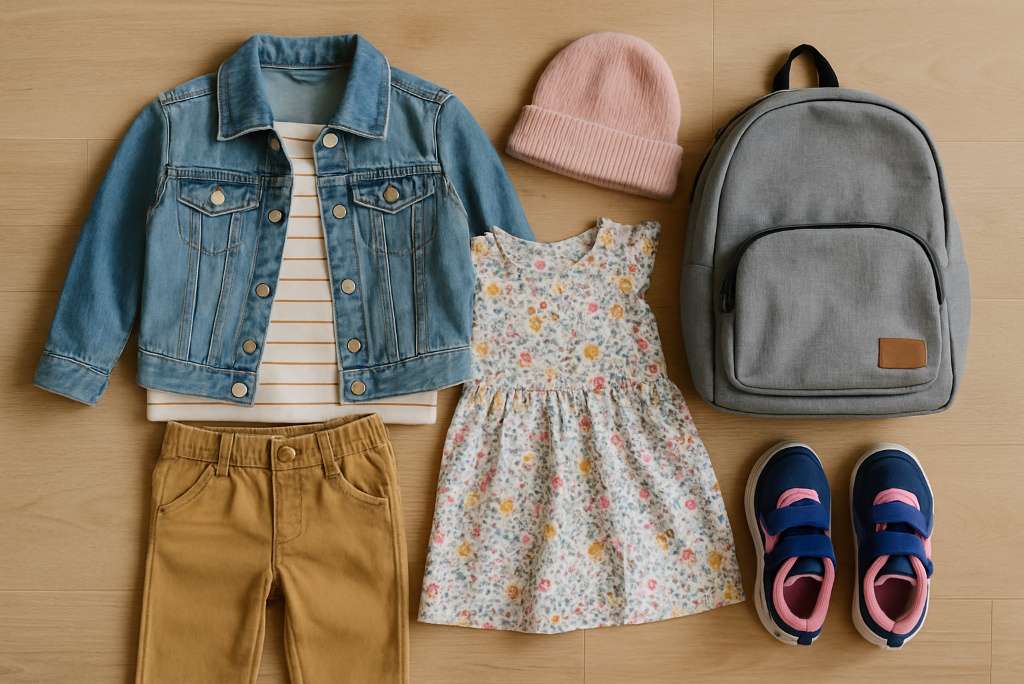
Children outgrow clothing and gear at lightning speed, making new purchases often impractical. Wealthy parents, despite their means, frequently buy high-quality secondhand items for their kids—from designer baby clothes to strollers and cribs.
Brands like Bugaboo strollers or BabyBjörn carriers retain quality even after gentle use, while secondhand marketplaces like GoodBuy Gear offer significant discounts. For instance, a Bugaboo stroller that retails at $1,200 might sell for $500 used. Affluent parents prioritise practicality and sustainability over flashy new purchases for items quickly outgrown.
12. Tools and Machinery
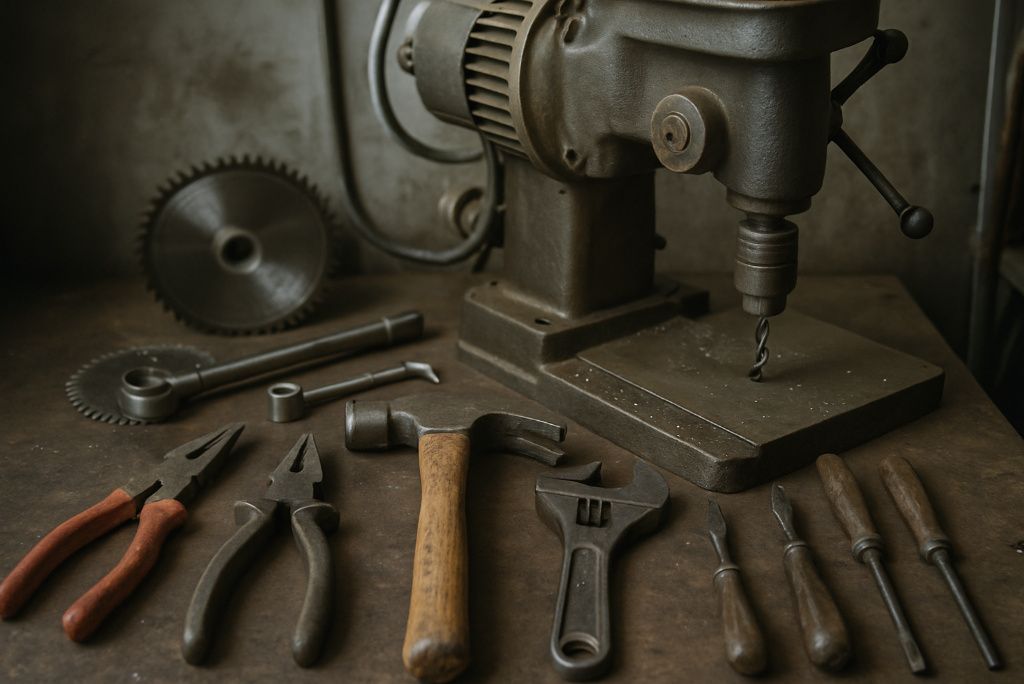
Wealthy property owners, hobbyists, and entrepreneurs often buy used tools or machinery for substantial savings. Items like woodworking equipment, lawn tractors, and construction tools hold value and often function as well as new equivalents.
Platforms like Craigslist, eBay, or professional auction houses sell barely-used commercial-grade tools at steep discounts. For example, a professional-grade table saw might cost $3,000 new but only $1,500 used.
For the affluent, secondhand tools are about efficiency and financial wisdom rather than prestige.
13. Yachts and Boats

Luxury boats can lose up to 30% of their value in the first year alone, making them prime candidates for secondhand purchases. Wealthy buyers frequently shop the pre-owned market to avoid massive depreciation.
Websites like YachtWorld list high-end vessels with significant savings over new models. A three-year-old yacht in pristine condition can be hundreds of thousands cheaper than a new build.
Even in luxury leisure, the rich know when to avoid paying a premium for “new”.
14. RVs and Motorhomes
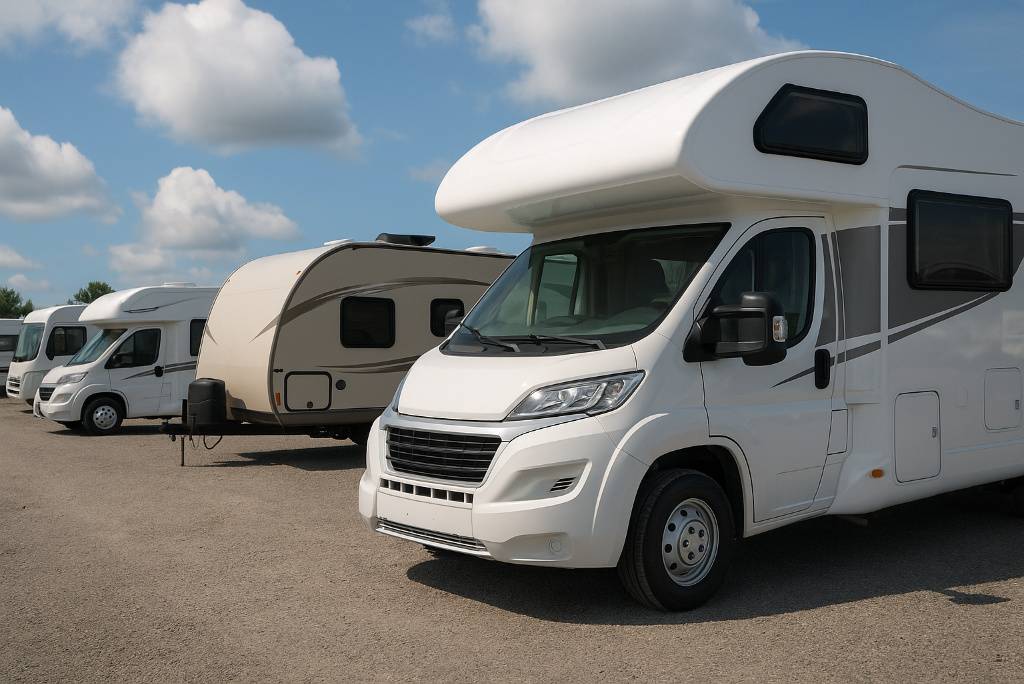
Like boats, RVs depreciate quickly once they leave the dealer. Wealthy adventurers often purchase slightly used motorhomes, saving significant money without sacrificing comfort or amenities.
Platforms such as RV Trader feature high-end models that have barely been used yet cost tens of thousands less than new. A luxury Class A motorhome can lose 20-30% in value in the first year. The rich understand that road trips and luxury camping don’t require paying full price.
15. Office Furniture
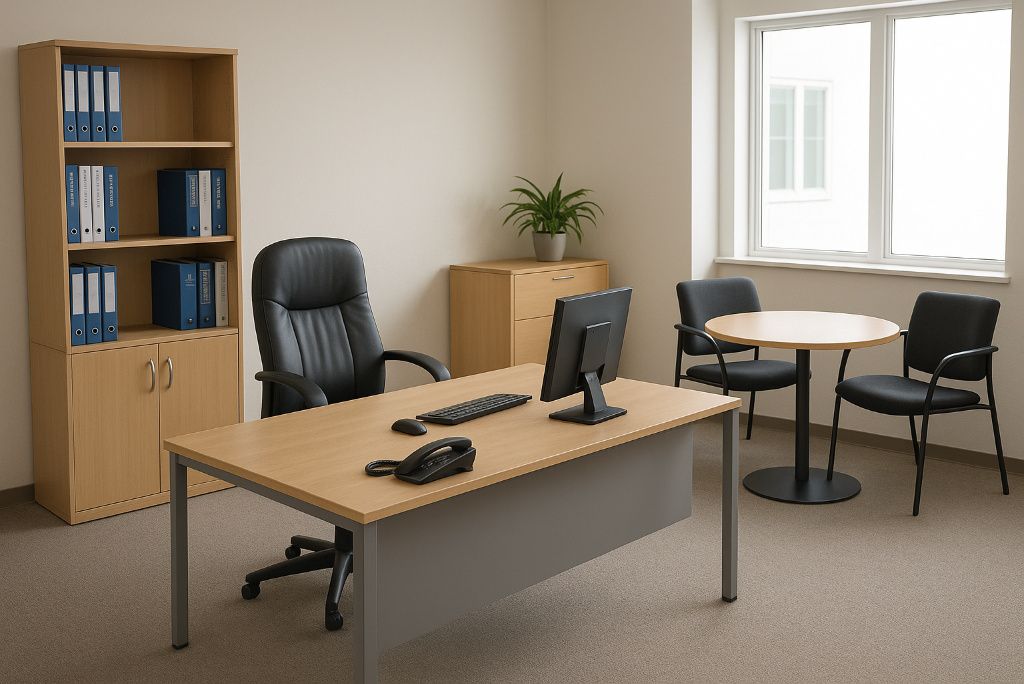
Even wealthy entrepreneurs and executives buy office furniture used, particularly from liquidation sales or surplus warehouses. High-end brands like Steelcase and Herman Miller produce office chairs and desks that last for decades, making secondhand purchases logical.
For example, a new Herman Miller Aeron chair retails for around $1,500, while lightly used models sell for $600-$800. Companies closing offices often liquidate high-quality furniture for pennies on the dollar.
For the wealthy, secondhand office furnishings offer comfort, quality, and significant savings
Disclaimer: This article is for informational purposes only and does not constitute financial advice. Please consult a financial professional regarding your specific circumstances.

